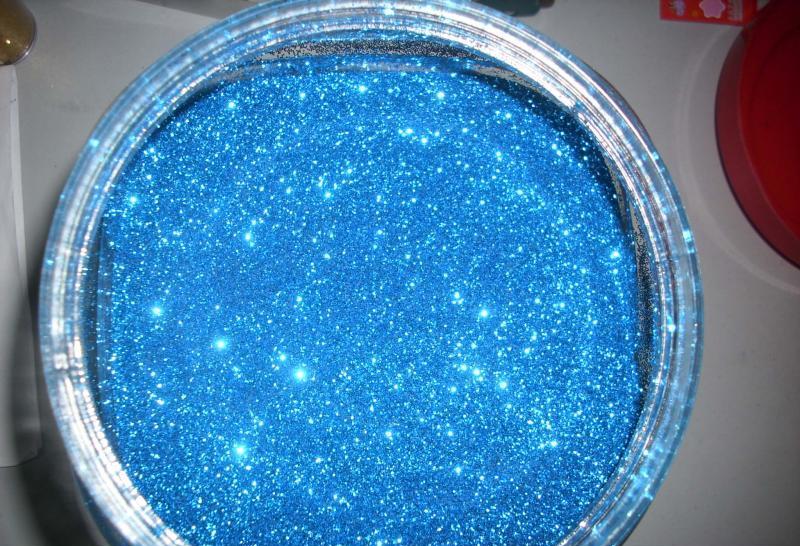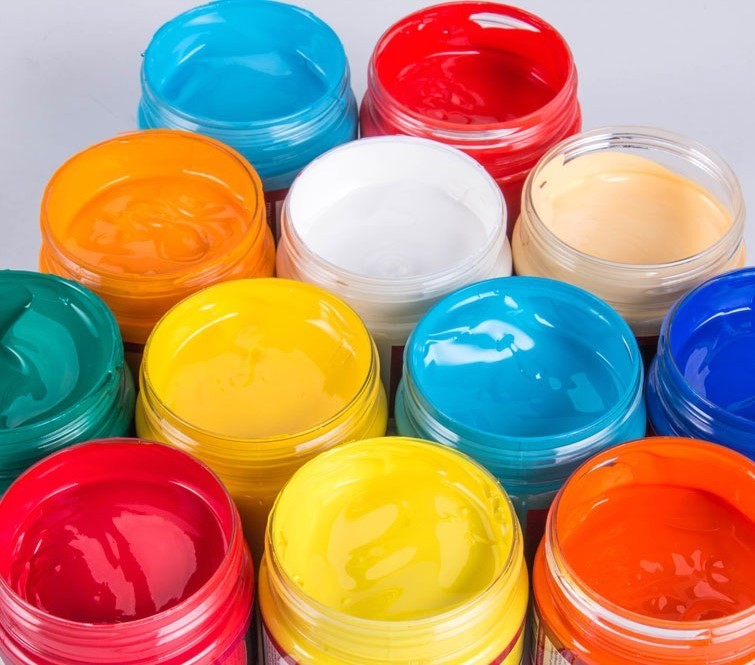With the development of science and technology, the application range of chameleon pearlescent pigments is getting wider and wider. In the plastics industry, from plastic processing technologies such as injection molding, blow molding, blister molding, casting, masterbatch, to manufacturing cosmetic containers, shampoo containers, food and drug containers, hoses, daily plastic products, toys, buttons, sandals, For construction plastic products, home plastic decorations, etc., more and more manufacturers are beginning to pay attention to the decorative function of chameleon pearlescent pigments.

Chameleon series pearlescent pigments, also known as angular heterochromatic pearlescent pigments, include iron-based chameleons and titanium-based chameleons. Through production process control, various oxides with different refractive indexes are alternately coated on the mica substrate, and the coating thickness of each oxide is designed. The light is reflected and refracted by the multi-layer film, thereby achieving the special effects of different colors at different angles of the Chameleon series pearlescent pigments. Products added with chameleon pearlescent pigments change color through multiple refraction and interference of light in the product coating, showing gradient and flowing colors, reflecting a more technological aesthetic.

There are many ways to color plastic resin with Chameleon Pearlescent Pigments. Resin can not only be directly colored and liquid-solid colored, but can also be made into masterbatch and then colored. Alternatively, the wetting agent can be mixed with the resin, and then the dispersant and pearlescent pigment can be added for blending. But among these coloring methods, the best one is to make the resin into masterbatch and then color it. It should be noted that the amount of pearlescent pigments in plastics is usually between 0.5% and 2%. If used to produce films and thin-walled products, the dosage can be increased appropriately and controlled at 4%-5%.
When using chameleon pearlescent pigments in plastics, due to the transparency of the resin, the color of the chameleon pigment material itself also plays a very important role. On dark colors, especially black surfaces, you can get color effects that change with different viewing angles. In contrast, on a white or off-white background, only a very subtle color change will be produced, because the background reflects most of the incident light.

 微信扫一扫打赏
微信扫一扫打赏

